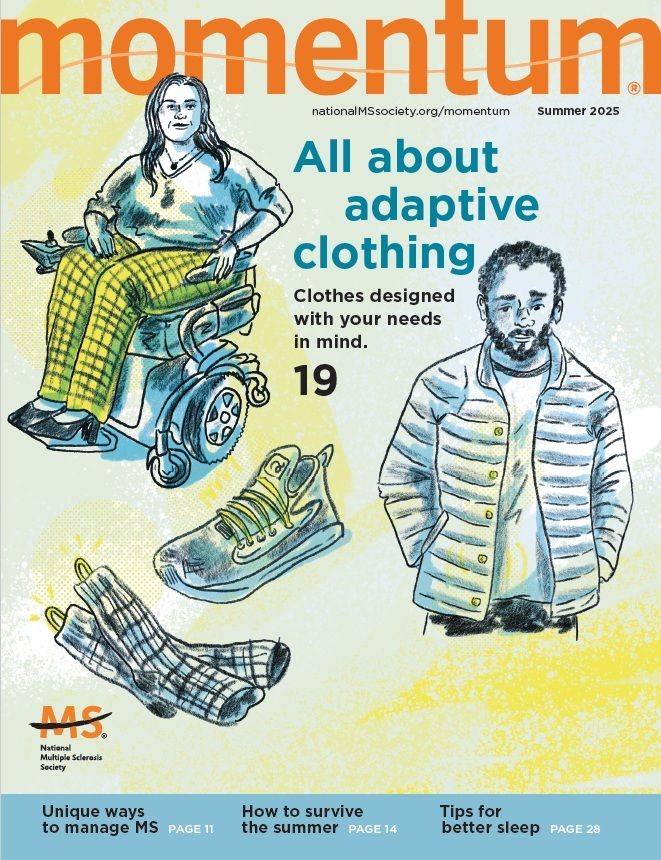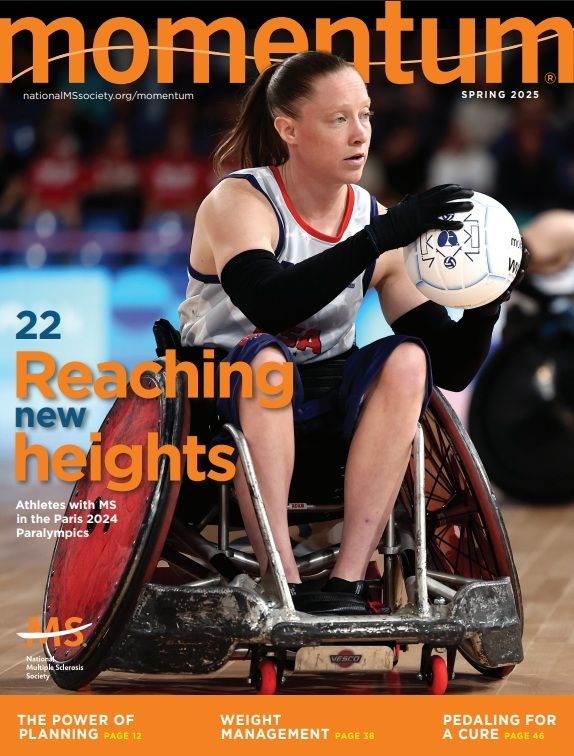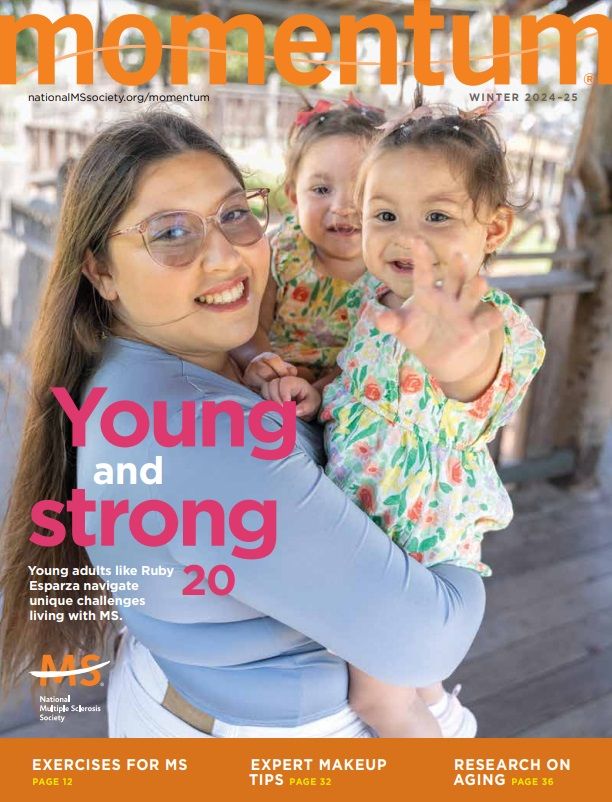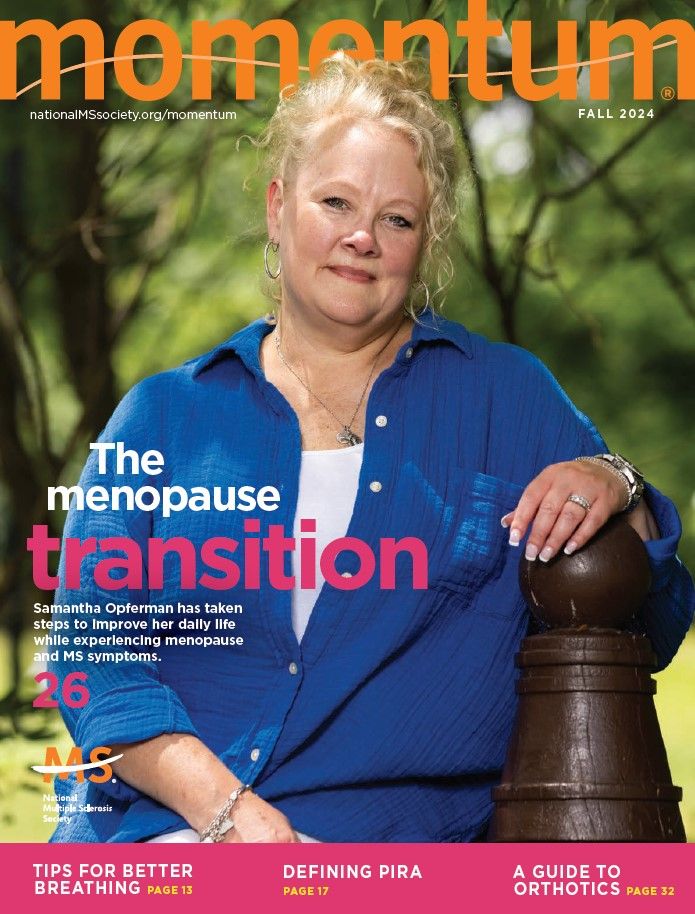Roll With It
Life looks different from a wheelchair. Here’s how to manage it.
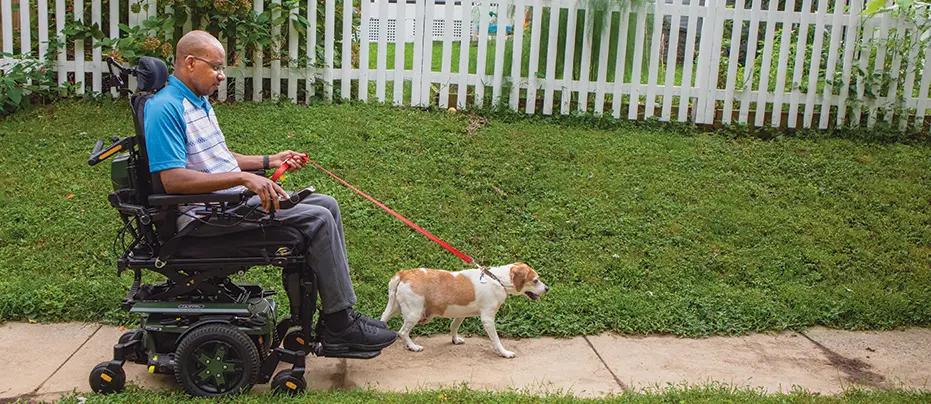

Chair Today, Tool Tomorrow
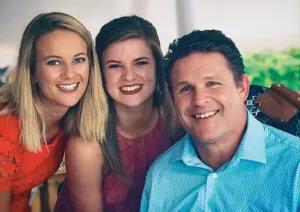
See and Be Seen
Choose Your Seat Wisely
The Best Seat in the House
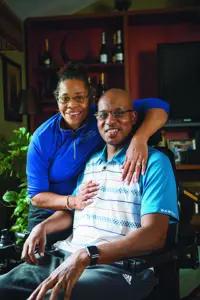
Oh, the Places You’ll Go!
Before you hit the open sidewalk, path or mall, it’s essential to understand that using a wheelchair of any type isn’t without its challenges. There are plenty of ways you can learn how to use your chair, including clinics and lessons at facilities like those where Vanek and Linden work and that Ebner attends. Linden recommends that if possible, new users should try to find such a place. (Search keywords “neurorehabilitation clinic/institute” or “adaptive/assistive technology clinic/institute.”) Your doctors and therapists may be able to help, and your seating specialist may offer training lessons, though there may be a fee.No matter who is giving you the lesson, if there are specific activities you need help with, such as getting in and out of the restroom, opening doors to that restroom, getting over curbs, or taking mass transit, don’t just settle for practice in the clinic. Take a trip to a reasonably quiet coffee shop together and practice; real-world situations and conditions are always harder.There are several videos on YouTube that you also might find helpful. Or you can do as Ebner did. Before he took his power chair with him and his family on vacation in early 2020, he asked other wheelchair users for advice.“I talked to other people at Courage who travel and they’re in chairs,” Ebner says. “They traveled everywhere, and they came over to my house, and we talked about it. So I got the inside scoop on what I should do.” Besides learning to let airlines know about his disability and power chair when purchasing his tickets, his friends also explained how to best tag and prepare his chair to minimize damage to it during flights.Vanek recommends trying online resources if you don’t have access to other wheelchair users in person. (See links at the end of this article.)Calvin Stroud turned to his twin brother, Alvin, for help. Alvin, who also has MS and uses a power chair, was diagnosed a few years earlier than Calvin, who was diagnosed in 1999. His brother’s MS has been more aggressive, which gave Calvin a sense of what might be on his horizon. “I kind of had a built-in roadmap, because I was able to go off of my brother’s experiences,” he says.Using his power chair, Stroud can reach kitchen counters and pots and pans, which lets him do some cooking, and though the sidewalks aren’t in the best shape in his neighborhood, he’s able to navigate them while walking his beagle terrier, Simpson. Like Ebner, he purchased a conversion van and still drives. Stroud and his wife, Kim, are also fans of portable ramps, installing a series of them around their Washington, D.C., area home so he can go in and out and roll onto their deck.They’ve learned to call ahead before going out to ensure their destination is accessible and to carry extra ramps with them — just in case. “You never know how accessible places are,” Stroud says. “You ask them if their restaurant is accessible and they say it is, but then there’s a two-inch, three-inch step up that you have to navigate somehow,” he says.Like Stroud, I’ve learned contacting the venue ahead of time is critical to minimizing frustration, which makes everything so much more fun. But there’s more to it than that. My wife and I love music, and we tend to enjoy bands that play smaller venues. We also like to dine out at independent, locally-owned restaurants that are often in older urban locations. All are often barely accessible.I’ve taken to emailing ahead, explaining my needs, and I can tell everyone is eager to help. I ask if there is a table that I can roll right up to in my chair. There always is, and everyone who helps us is always wearing the biggest smile — just like we are.







